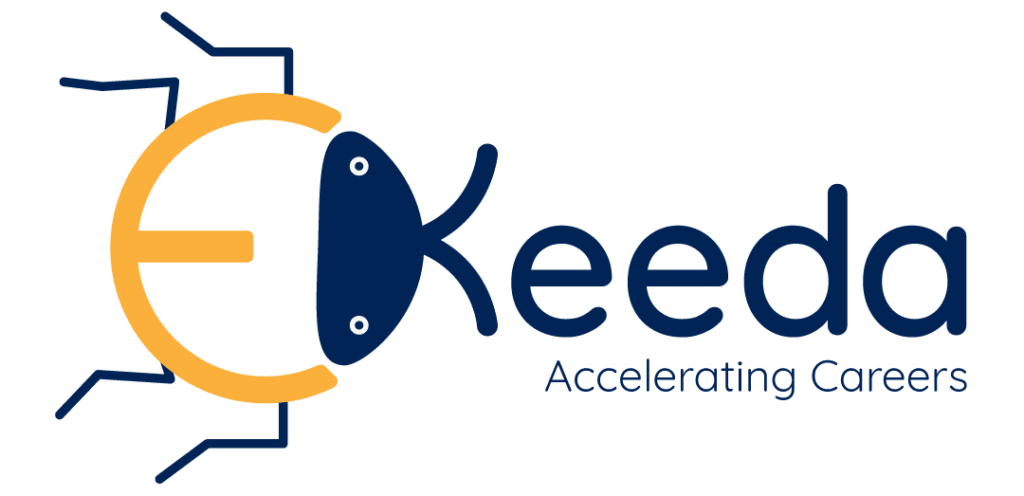For a better awareness of the computer systems, a rigorous understanding of the OSI model is very important. The Open System Interconnection (OSI) model defines a networking framework to implement protocols in seven different layers. To know what that means and many other facts about the OSI model let’s explore the article further!
OSI Model
It divides network communication into seven layers. Layers 1-4 are considered the lower layers and mostly are concerned with data around. Layers 5-7, the upper layers, contain application-level data. Therefore each layer has a specific task to do. This model works on the principle of ‘pass it on”. As one layer passes the data by adding the functionalities of that particular layer. The next layer then works on the existing data and passes on to the next. The last layer of OSI model is Application layer.

The 7 layers of OSI model are as follows
- Physical layer
- Data link layer
- network layer
- transport layer
- presentation layer
- Session layer
- Application layer
Lower Layers Examples
Q1. The physical layer concerns with
- bit-by-bit delivery
- the process of process delivery
- application to application delivery
- none of the mentioned
Answer; bit-to-bit delivery, Physical layer ensure the delivery of data in binary format over the network and hence bit to bit is delivered using some protocols and algorithms. Therefore bit-to-bit delivery is the answer
Q2. Which transmission media has the highest transmission speed in a network?
- coaxial cable
- twisted pair cable
- optical fiber
- electrical cable
Answer: Optical fiber, it is the fastest cable channel, uses glass for signal transfer. Hene it is more reliable than any other cables. Therefore optical fiber is the answer.
Q3 The data link layer takes the packets from _________ and encapsulates them into frames for transmission.
- network layer
- physical layer
- transport layer
- application layer
Answer: Network layer, network layer works with data with packets as every layer has its own functionalities. hence packeting is network layer’s function. Therefore network layer is the answer.
Q4. Which one of the following task is not done by data link layer?
- framing
- error control
- flow control
- channel coding
Answer: channel coding
Q5The network layer concerns with
- bits
- frames
- packets
- none of the mentioned
Answer: packets, network layer works with data with packets as every layer has its own functionalities. hence packeting is network layer’s function. Therefore packets is the answer.
Q6. Which one of the following is not a function of network layer?
- routing
- inter-networking
- congestion control
- none of the mentioned
Answer: none of the mentioned.
Q7. Transport layer aggregates data from different applications into a single stream before passing it to
- network layer
- data link layer
- application layer
- physical layer
Answer: network layer
Upper Layer Examples
Q 8: The packet of information at the application layer is called
- Packet
- Message
- Segment
- Frame
Answer: Message, the Application layer is the last layer of OSI model and hence working is based on messages. Therefore message is the answer.
Q 9: This is one of the architecture paradigms
- Peer to peer
- Client-server
- HTTP
- Both a and b
Answer: Both a and b, Both peer to peer and client server is a part of the HTTP protocol. Therefore a and b is the answer.
Q 10: Application layer offers _______ service
- End to end
- Process to process
- Both of the mentioned
- None of the mentioned
Answer: End to end.
Practice Questions
Q1. The physical layer translates logical communication requests from the ______ into hardware-specific operations.
- data link layer
- network layer
- transport layer
- application layer
Answer: data link layer
Q2. The network layer protocol of internet is
- ethernet
- internet protocol
- hypertext transfer protocol
- none of the mentioned
Answer: internet protocol
Q3. An endpoint of an inter-process communication flow across a computer network is called
- socket
- pipe
- port
- none of the mentioned
Answer: Socket
